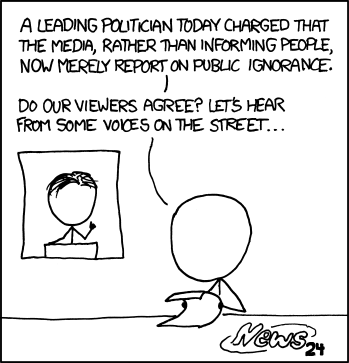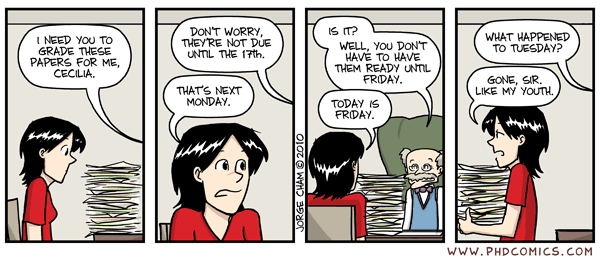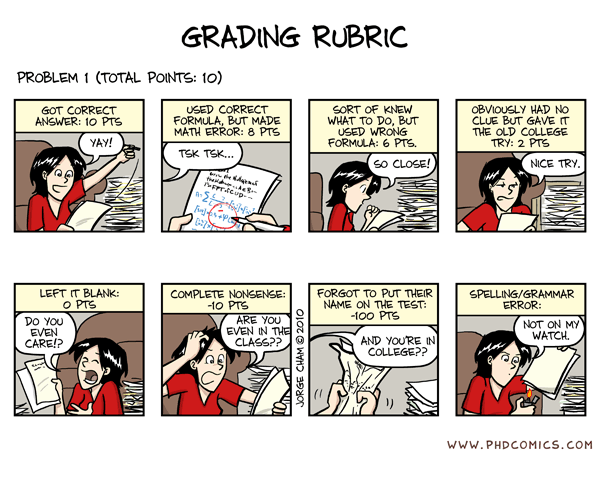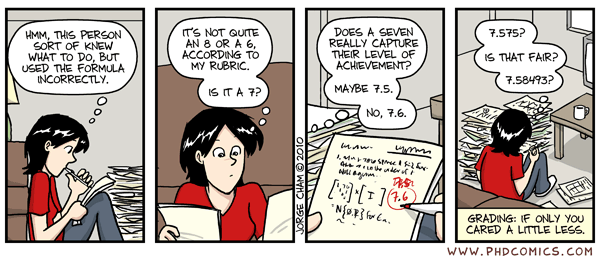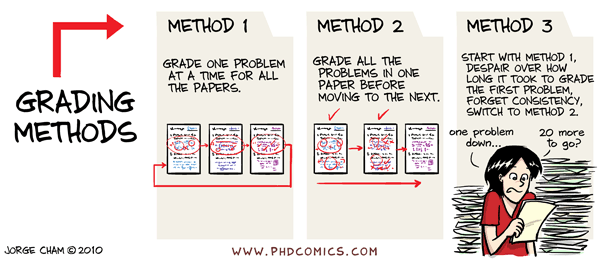The U.S. Federal Reserve is currently paying 0.25% interest on the reserve accounts of depository institutions. This is therefore, at present, the primary rate of policy concern (as opposed to the Fed Funds rate): if a bank can’t get a rate of return that, when adjusted for risk, is greater than 0.25%, they will stick their money in their reserve account at the Fed. Among others, Scott Sumner [blog] has called this policy a mistake.
There is an economic cost to the policy. 0.25% isn’t much, but it’s the risk-free aspect that complicates things. If banks’ risk aversion or their perception of the risks associated with investments are high, then a truely risk-free 0.25% could look quite attractive. With the interest rates on US treasuries so low, there’s certainly reason to believe that risk aversion is still abnormally high at the moment. Whether the demand for loans is coming from particularly risky projects, or is perceived to be, I don’t know (is there any way of knowing?).
So why have it at all? I suppose I support the paying of interest on required reserves. The banks don’t get a choice with them, so it seems only fair that they be compensated. But for excess reserves, there would need to be an offsetting benefit to justify the policy. One benefit will be that the interest is paid with new money, so it’s a way of quietly helping banks improve their balance sheets. There’s currently about US$1 trillion in excess reserves, so that’s about US$2.5 billion per year. That may be a lot of money to you and me, but it’s not much more than a rounding error to the US banking system as a whole. Still, it’s something. Another benefit, depending on your point of view, is that by attracting all that money into excess reserves, the Fed sterilised the QE they engaged in last year. If you feel that the sterilised QE has caused lower long-term interest rates and hold that those rates are the ones that most significantly drive the economy and distinctly dislike inflation, then you’d probably judge the affair to have been a success [I include the weasel words because I am no longer certain]. A third benefit, which is really a further justification of the second, is that there is evidence that the Fed’s QE appears to have lowered not just US rates, but foreign rates as well. In that case, then you probably want to sterilise the fraction going to other countries (bad enough, one might think, that America is fixing the rest of the world; it would be unthinkable if America also had to suffer inflation by doing so).
Anyway, all of that is by way of getting around to this point: via Bruce Bartlett, I’ve just discovered that Sweden also pays interest on reserve deposits, normally 0.75 percentage points lower than their repo rate. But, crucially, their repo rate is currently only 0.50%, which means that their deposit rate is negative, at -0.25%.
For myself, I tend to think that the interest rate on excess reserves should be lowered. My argument is similar to what I imagine Scott Sumner would say, so I should also explain his view a little, to the extent that I understand him. With nominal GDP at US$14 trillion, the US$1 trillion sitting in excess reserves is a very, very large amount of money. If it were released into the economy, it would be a huge stimulus (even if the money multiplier/velocity of money is temporarily low). By choosing to sterilise their QE (presumably out of fear of inflation), the Fed has turned what could have been a tremendously effective stimulus into a mediocre one at best. Scott is rather more sanguine about inflation in general than I am (he favours targeting NGDP; I suspect that this graph would make him want to tear his hair out), but even if the Fed wishes to target inflation of, say, the near-universally accepted benchmark of 2%, then with actual current inflation down at 0.5% and expected future inflation below 1.5% for most of the next 10 years and falling, the sterilisation has been excessive.
Update 6 Aug 2010:
The FT’s Alphaville has gathered the arguments for and against. Here are three arguments (and their counter-arguments) for keeping the Interest on Reserves (IoR) unchanged:
First, from Ben Bernanke himself, made in recent congressional testimony:
The rationale for not going all the way to zero has been that we want the short-term money markets like the federal funds market to continue to function in a reasonable way because if rates go to zero there will be no incentive for buying and selling federal funds, overnight money in the banking system, and if that market shuts down … it’ll be more difficult to manage short-term interest rates, for the Federal Reserve to tighten policy sometime in the future. So there’s really a technical reason having to do with market function that motivated the 25 basis points interest on reserves.
I think this is silly. It’ll be more difficult to manage short-term interest rates in the future only if, following an effective shut-down of the federal funds market, it becomes costly to start it back up again. I seriously doubt that the banks are going to take their existing staff, processes and infrastructure dedicated to this and throw them out the window. Heck, in a Q&A session after his testimony, Mr Bernanke stated that lowering the interest rate on reserves is a (serious) option in the event that the FMOC decides that further stimulus is warranted:
But broadly speaking, there are a number of things we could consider and look at; one would be further changes or modifications of our language or our framework describing how we intend to change interest rates over time — giving more information about that, that’s certainly one approach. We could lower the interest rate we pay on reserves, which is currently one-fourth of 1%.
A second viewpoint, put forward by Dave Altig (of the Atlanta Fed) and Joseph Abate (of Barclays Capital), is that
If banks didn’t get interest from the Fed they would shift those funds into short-term, low-risk markets such as the repo, Treasury bill and agency discount note markets, where the funds are readily accessible in case of need. Put another way, Abate doesn’t see this money getting tied up in bank loans or the other activities that would help increase credit, in turn boosting overall economic momentum.
I think that Jim Hamilton’s response to this is excellent, so let me just quote it in full:
But Dave doesn’t quite finish the story. If I as an individual bank decide that a repo or T-bill looks better than zero, and use my excess reserves to buy one of these instruments, I simply instruct the Fed to transfer my deposits to the bank of whoever sold it to me. But now, if that bank does nothing, it would be left with those reserve balances at the end of the day on which it earns nothing, whereas it, too, could instead get some interest by going with repos or T-bills. The reserves never get “shifted into short-term, low-risk markets”– instead, by definition, they are always sitting there, at the end of the day, on the balance sheet of some bank somewhere in the system.
The implicit bottom line in the Abate story is that the yields on repos and T-bills adjust until they, too, look essentially to be zero, so that banks in fact don’t care whether they leave a trillion dollars earning no interest every day.
The essence of this world view is that there are two completely distinct categories of assets– cash-type assets which pay no interest whatever, and risky investments like car loans that banks don’t want to make no matter how much cash they hold.
But I really have trouble thinking in terms of such a two-asset world. I instead see a continuum of assets out there. As a bank, I could keep my funds overnight with the Fed, I could lend them in an overnight repo, I could buy a 1-week Treasury, a 3-month Treasury, a 10-year Treasury, or whatever. Wherever you want to draw a line between available assets and claim those on the left are “cash” and those on the right are “risky”, I’m quite convinced I could give you an example of an asset that is an arbitrarily small epsilon to the right or the left of your line. Viewed this way, I have a hard time understanding how pushing a trillion dollars at the shortest end of the continuum by 25 basis points would have no consequences whatever for the yield on any other assets.
Finally, back with Dave Altig, there is the argument that:
the IOR policy has long been promoted on efficiency grounds. There is this argument for example, from a New York Fed article published just as the IOR policy was introduced:
“… reserve balances are used to make interbank payments; thus, they serve as the final form of settlement for a vast array of transactions. The quantity of reserves needed for payment purposes typically far exceeds the quantity consistent with the central bank’s desired interest rate. As a result, central banks must perform a balancing act, drastically increasing the supply of reserves during the day for payment purposes through the provision of daylight reserves (also called daylight credit) and then shrinking the supply back at the end of the day to be consistent with the desired market interest rate.
“… it is important to understand the tension between the daylight and overnight need for reserves and the potential problems that may arise. One concern is that central banks typically provide daylight reserves by lending directly to banks, which may expose the central bank to substantial credit risk. Such lending may also generate moral hazard problems and exacerbate the too-big-to-fail problem, whereby regulators would be reluctant to close a financially troubled bank.”
Put more simply, one broad justification for an IOR policy is precisely that it induces banks to hold quantities of excess reserves that are large enough to mitigate the need for central banks to extend the credit necessary to keep the payments system running efficiently. And, of course, mitigating those needs also means mitigating the attendant risks.
But, to me, this really sounds like an argument for having higher reserve requirements, not an argument for encouraging excess reserves. I’m all for paying interest on required reserves and setting the fraction required at whatever level you judge necessary to ensure the operation of the payments system. But don’t try to shoe-horn that argument into keeping interest payments on excess reserves.

